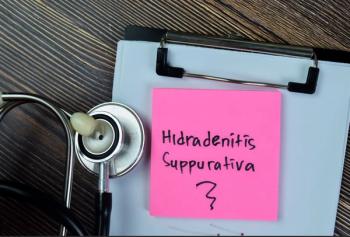
|Articles|November 21, 2022
Daily Dose: High-risk Patients with Atrial Fibrillation Not Prescribed Anticoagulation
Author(s)Sydney Jennings
Your daily dose of clinical news you may have missed.
Advertisement
Patient Care brings primary care clinicians a lot of medical news every day—it’s easy to miss an important study. The Daily Dose provides a concise summary of one of the website's leading stories you may not have seen.
On November 18, 2022, we reviewed a study published in the Journal of the American Heart Association that analyzed changes in direct oral anticoagulant (DOAC) use over the past decade.
The study
Study cohort included US adults aged ≥40 years with ≥2 atrial fibrillation (AF) diagnoses at least 1 month apart between 2011 and 2020. Potential participants were excluded if they had a CHA2DS2‐VASc score <2, a mechanical valve, or were missing longitudinal follow‐up data. The use of DOACs and warfarin was described over time, by age, sex, race, and ethnicity, and at the health‐system level.
The results
One in 3 high-risk patients with AF did not receive guideline-recommended treatment with DOACs. Despite an early rise in use of DOACs over warfarin for stroke prevention, the overall rate of anticoagulation for patients with nonvalvular AF increased only modestly over the study decade, from 56.3% in 2011 to 64.7% in 2020.
Clinical implications
"Although increases in DOAC use have led to higher rates of anticoagulation overall in people with AF, many patients remain untreated. The substantial variability in DOAC uptake between health systems highlights the need for system‐level interventions to improve stroke prevention in AF."
Click here for more details.
Newsletter
Enhance your clinical practice with the Patient Care newsletter, offering the latest evidence-based guidelines, diagnostic insights, and treatment strategies for primary care physicians.
Advertisement
Latest CME
Advertisement
Advertisement
Trending on Patient Care Online
1
Kymera's Oral STAT6 Degrader KT-621 Shows Biologic-Like Activity in Early Atopic Dermatitis Trial
2
Longitudinal Blood Biomarkers Show Promise for Monitoring Alzheimer's Disease Progression in Subjective Cognitive Decline
3
Topical Roflumilast 0.3% Demonstrates Significant Efficacy Across Psoriasis Severity Measures in Updated Meta-Analysis
4
Quality Improvement Program Greatly Expands Sleep Apnea Testing After Stroke in VA Hospitals
5























































































































































































































































































